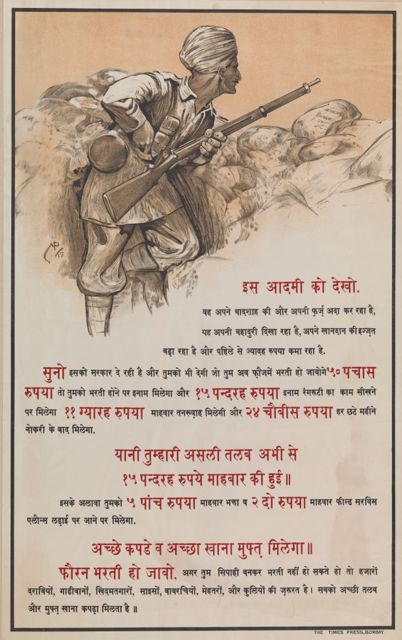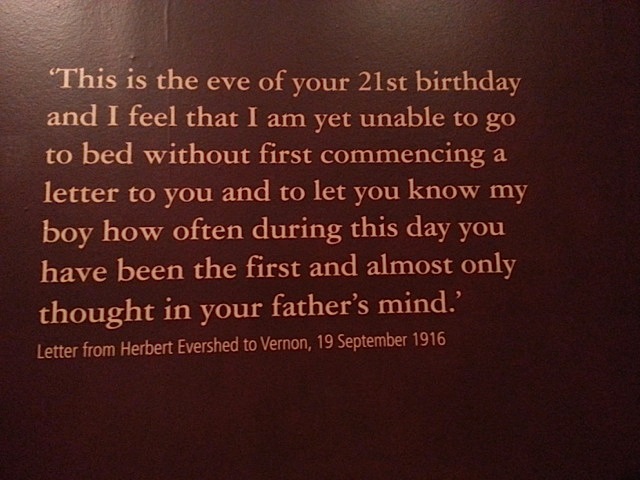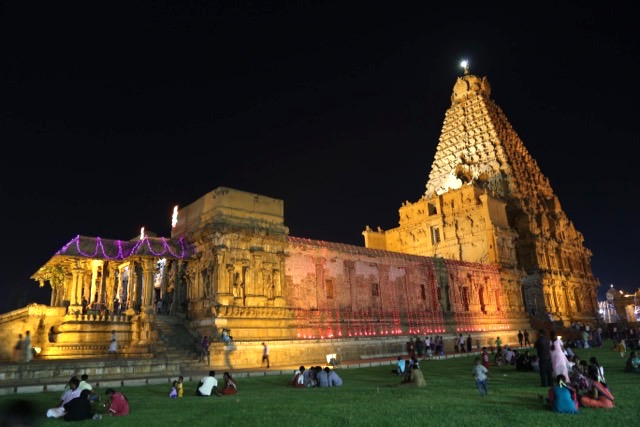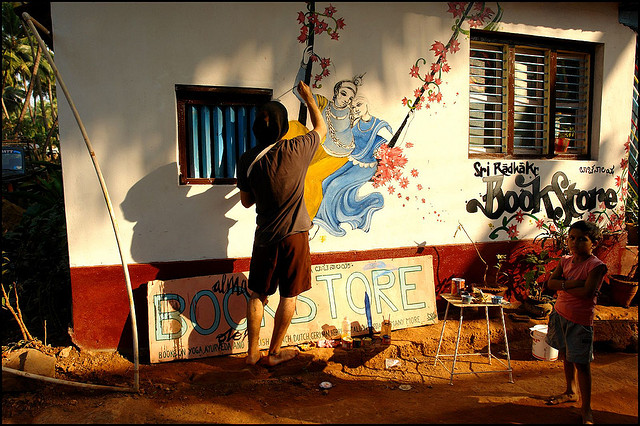Among the stories at the ‘Voices of the First World War’ exhibition at the Brighton Museum, is that of Subedar Manta Singh, who served with the 15th Ludhiana Sikhs. Manta, along with over a million other Indian soldiers, went to war over a cause that had no relevance for him, for a king who was not really his own. During the Battle of Neuve Chapelle in March 1915, Manta was hit by gunfire while trying to rescue his friend and fellow officer Capital Henderson. Although he was shipped to England to be treated at a hospital set up just for such injured, he died of blood poisoning soon after.
Manta Singh did not live long enough to write letters to families and friends about the war he had just seen. Thousands of Indian soldiers did, from the trenches and from the British hospital they were sent to for recovery. Just back home from the UK, I read some of these in ‘Indian Voices of the Great War,’ edited by David Omissi and published by Penguin.
One of them wrote in January 1915 to a relative back home in Punjab, “Do not think this is war. This is not war. It is the ending of the world. This is just such a war as was related in the Mahabharata about our forefathers.” He was, in all likelihood, writing from the battlefield in France. There is no record of whether he survived what came to be known as the Great War.
Another. “There is no telling whether the war will be over in two years or in three, for in one hour 10,000 men are killed. What more can I write?”

(image courtesy: Imperial War Museum image archives)

This year marks the centenary of the beginning of World War I, a war that started with the assassination of Archduke Ferdinand of the Austro-Hungarian Empire in Sarajevo and engulfed the entire world within weeks. Britain became involved in the war immediately, and having no policy of conscription, sought the help of voluntary troops from its colonies.
 And so, just two months later, a massive Indian army was sent to the front in France. Huge amounts of raw material, including cotton, jute and leather were sent along with handsome cash contributions – to the tune of a 100 million pounds – by the princely states.
And so, just two months later, a massive Indian army was sent to the front in France. Huge amounts of raw material, including cotton, jute and leather were sent along with handsome cash contributions – to the tune of a 100 million pounds – by the princely states.
While the foot soldiers themselves felt bound by their loyalty to a distant ruler (King George V), nationalist leaders pushed for increased participation in the hope – spurred by Britain’s promises to this effect – that India’s war efforts would ease their demands for home rule. That the rulers went back on their word following the end of the war, leading to great resentment among our leaders, is another story, not for these pages.
Indian participation in the Second World War is well documented and acknowledged but there is almost no public recognition of our involvement in the earlier war. Not even in India. How many of us even remember that New Delhi’s India Gate is a memorial to those Indians who lost their lives in this war? For, the Indian army fought not only on the Western front in France and Flanders in unfamiliar territory, against an enemy who spoke strange languages, in harsh winters but also later on in Mesopotamia and East Africa.
Now, a hundred years later, Britain has decided to honour these forgotten footnotes of its great war; over 70,000 Indians were killed and an equal number returned home wounded. Over the next four years, the Imperial War Museums have planned more than 500 new exhibitions and 1500 events all over Britain, to commemorate the war.
One of them is the exhibition at the Brighton Museum, where Manta Singh’s is an Indian voice among those of English men and women touched by the war. I have gone there after a tour of the Brighton Royal Pavilion just down the road; an opulent, fairyland structure built by King George IV in 1823 to serve as his palace. It was converted into a military hospital for wounded Indian soldiers in 1915 – over 4000 were treated there in three years – with separate kitchens and prayer areas (not to forget funeral rites) organised for Hindu, Muslim and Sikh soldiers. We do not know if the ornate chandeliers, lush tapestries and gilded mirrors reminded them of home, as the British PR machinery hoped, but soldiers certainly wrote back home of “never being so happy.”

(image courtesy: Brighton-Hove Royal Pavilion, Museums and Libraries website)
Back in London, at the recently reopened Imperial War Museum, revamped at a cost of £40 million, a Spitfire aircraft and a Harrier jet suspended from the ceiling greet me in the main atrium. Relics of the war. By the end of two hours at the First World War galleries at the IWM, I have barely scratched the surface of the thousands of photographs, artifacts and digitised documents.


And at the British Library, there is a stunning collection of memorabilia from the war: personal stories of fathers and mothers, friends and comrades-in-arms; letters written from the field just before the march into that fatal battle, letters written from home that were never read; cartoons and poems that were meant to boost the ever-sagging morale of the troops.

Perhaps the most voluble expression of Britain’s intent is the installation of 888, 246 ceramic poppies at the Tower of London. Called ‘Blood Swept Lands and Seas of Red’, each of these crimson poppies is meant to serve as a symbol of remembrance for a fallen British and Colonial soldier.

(image courtesy: Visit England)
 However, I keep thinking back on my evening at the Chhatri near Brighton, where 53 Hindu and Sikh soldiers who died at the Brighton Royal Pavilion – Manta Singh included – were cremated. Although it merits a few words on the Visit Brighton website, most locals have not even heard of it. There are no signboards or convenient public transport to it. Access is only by a long walk – or as the website says, “via a bridleway (walk, cycle, horseride)” – from the nearest bus stop or car park.
However, I keep thinking back on my evening at the Chhatri near Brighton, where 53 Hindu and Sikh soldiers who died at the Brighton Royal Pavilion – Manta Singh included – were cremated. Although it merits a few words on the Visit Brighton website, most locals have not even heard of it. There are no signboards or convenient public transport to it. Access is only by a long walk – or as the website says, “via a bridleway (walk, cycle, horseride)” – from the nearest bus stop or car park.
It stands forlorn and desolate in the rolling downs of south England, somewhat like those soldiers themselves who died far away from the familiar, warm trappings of home. How can we forget?
(chattri image courtesy: Visit Brighton website)
INFORMATION
~ The best collections of First World War material
~ Information on the Imperial War Museum and British Library exhibitions
~ List of WWI commemorative events across Britain
~ Visit Brighton website
This was published in the September issue of Outlook Traveller. Read it in pdf form here – Remains of the day




